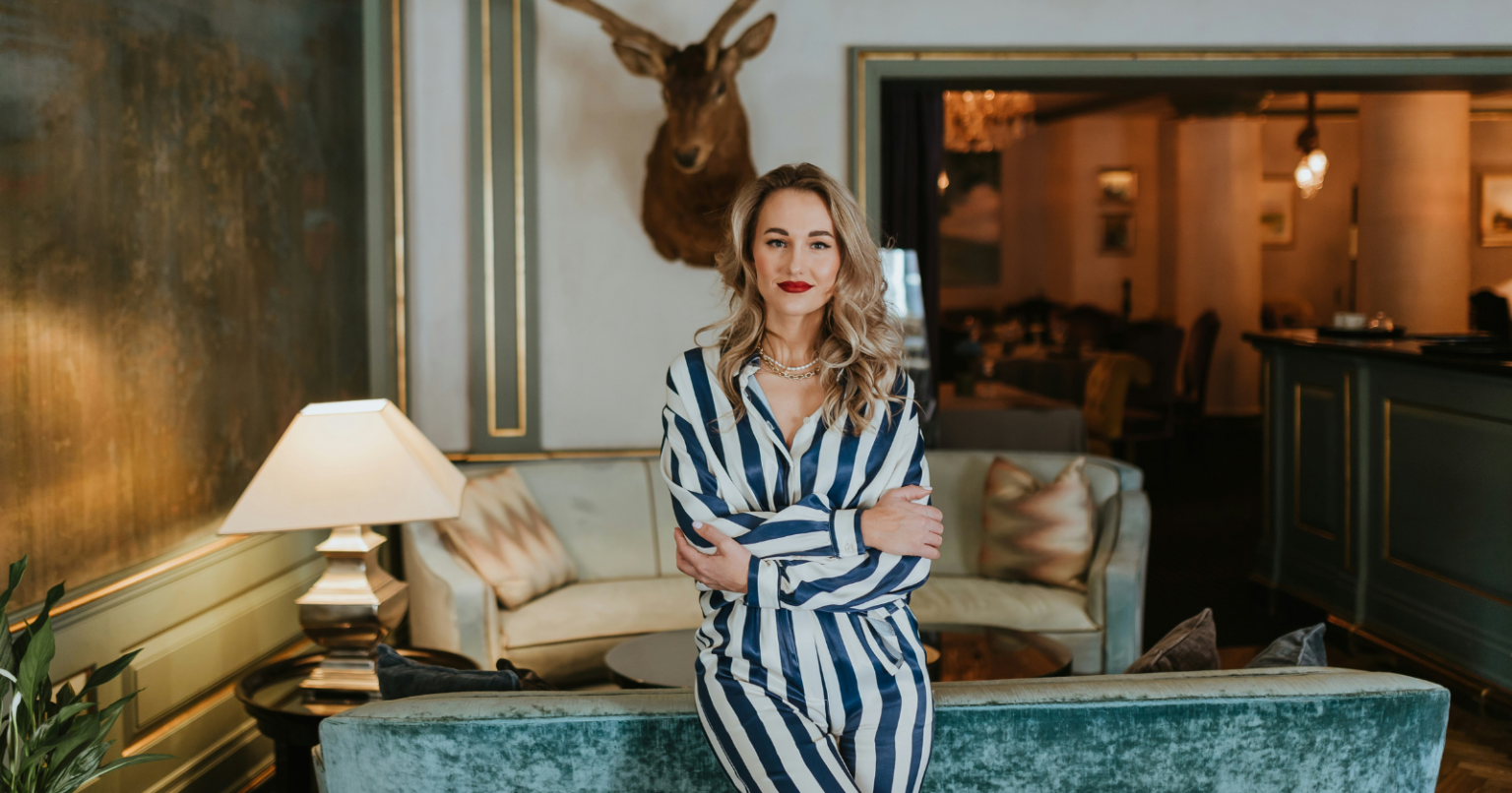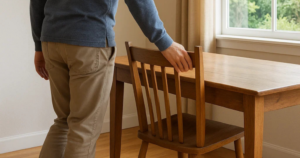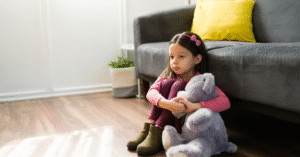Ever scroll through photos of “quiet‑luxury” homes and wonder why the rooms feel effortlessly polished—even when the furnishings aren’t pricey?
I used to, too. When my husband and I downsized to a city apartment, I realized that the most elevated rooms rely less on square footage and more on well‑chosen details.
The good news? Those details don’t have to wipe out your savings. A handful of smart, inexpensive upgrades can create the same refined vibe designers chase every day.
Below are nine wallet‑friendly pieces that deliver an instant touch of sophistication. Grab what resonates and watch your space rise a notch (or three).
1. Layered lighting
My living room looked flat until I swapped the single ceiling bulb for two plug‑in sconces and a dimmable floor lamp. Suddenly the walls glowed and the sofa felt like a destination.
Designers back this up. Homes & Gardens notes that “the right lighting ideas can transform a dull, dark room into one filled with warmth and inviting character.”
Skip hard‑wired installs—clip‑on sconces, smart bulbs, and battery‑powered picture lights give you depth for the price of a take‑out dinner.
2. A statement mirror
Saturday flea‑market find: a slim, brass‑framed mirror for thirty bucks. I leaned it opposite the window, and the room doubled in visual size overnight.
“Mirrors are one of the best ways to add light, depth, and an illusion of additional space,” says designer Kathy Kuo.
Look for thrifted frames you can spray‑paint or big‑box full‑length mirrors you simply prop against the wall—no tools, maximum impact.
3. Lush houseplants
Plants are the décor equivalent of deep breaths: instant calm, instant luxe. My monstera cost less than a fancy candle yet feels like living sculpture.
Top designers rely on greenery “to make rooms look more expensive,” according to Livingetc.
Choose hardy varieties (snake plant, pothos) and pop them in simple terracotta or matte black planters for that gallery finish.
4. Fresh pillow covers
If the sofa looks tired, dress it the way you’d dress yourself: new outfit, same body. Swapping only the covers—textured linen in a cohesive palette—cost me $8 each and changed the whole vibe.
Designer tips for “making your throw pillows look more expensive” include keeping inserts overstuffed and fabrics tactile.
IKEA, Amazon, even thrifted fabric corners work; just size covers two inches smaller than the insert for that plush, high‑end pouf.
5. Crisp bedding
You might have read my post on morning routines—spoiler: it starts with a bed that invites you back at night. Blogger‑stylist Emily Henderson recently showed how a subtle tonal duvet “livened up” a basic guest room.
Solid percale sets in oatmeal or bright white look hotel‑grade, especially when you iron the pillow shams (takes five minutes, feels five‑star).
6. Signature scent layers
I light a sandalwood candle before evening yoga; my husband prefers a reed diffuser in the hallway. Brittany Bell of Voluspa calls candles “home décor items due to their stylish design” and diffusers the subtle counterpart.
Pick one fragrance family and repeat it—your space will smell cohesive and, yes, pricier than it actually is.
7. A strategic paint refresh
When our entryway felt dingy, one quart of soft‑greige paint made it gallery‑quiet and instantly upscale. A property expert recently told Woman & Home that the right paint color “can make any room look and feel more expensive.”
Sample swatches on the wall first; light changes everything. And don’t overlook doors and trim—high‑contrast frames look bespoke.
8. Upgraded cabinet hardware
I spent $40 on matte‑brass pulls for the kitchen, and guests keep asking if we renovated. Better Homes & Gardens reports that colorful or metallic knobs are “a simple, inexpensive way to transform cabinetry.”
Measure your existing drill‑hole spread, order online, and replace each screw with a screwdriver—done before the kettle boils.
9. A curated tray
Finally, corral the coffee‑table chaos. A woven or lacquered tray (thrift stores overflow with them) groups candles, remotes, and that glossy art book into one intentional vignette.
Designers swear by the “rule of thirds” and a simple tray to create balance, notes The Spruce.
Choose contrasting texture—rattan on glass, marble on wood—and your everyday items read as styled, not scattered.
Final thoughts
Elegance isn’t a line item in the budget; it’s a series of mindful choices.
Layer warm light, echo textures, and edit relentlessly. Each of these nine upgrades costs less than a fancy dinner out, yet together they whisper quiet luxury every time you cross the threshold.
Most importantly, let the space reflect you. Minimalism isn’t about having less; it’s about making room for what truly matters.
Here’s to a home that feels as intentional as the life you’re creating inside it.
















